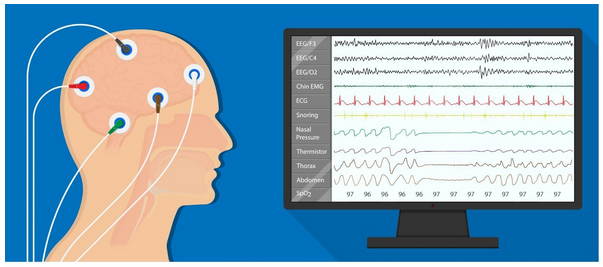Unlocking the Mysteries of the Brain Through qEEG Cerebral Mapping in Mental Wellness Assessment
Unlocking the Mysteries of the Brain Through qEEG Cerebral Mapping in Mental Wellness Assessment
Blog Article
Comprehending the human mind is a complex task, especially when it comes to mental health. Traditional approaches of evaluation frequently rely on interviews and questionnaires, which can occasionally overlook crucial details about how the brain functions. This is where quantitative electroencephalography, or qEEG, enters into play. qEEG is a specialized technique that assesses neural activity in the brain. By examining these neural patterns, mental health professionals can gain important understandings into a person's mental state, helping to improve assessment and intervention.
qEEG functions by placing small sensors on the head to capture neural activity. These sensors measure neural signals produced by nerve cells, the units in the brain that communicate with one another. The information collected is then processed and displayed as a series of patterns. Each kind of neural wave—such as α, β, delta, and theta—relates to different mental conditions and functions. For example, α oscillations are commonly associated with calmness, while β waves are linked to engaged cognition and problem-solving. By examining these trends, healthcare providers can identify abnormalities that may suggest mental health concerns.
One of the major advantages of qEEG is its capability to offer unbiased data. Unlike traditional evaluations that depend on personal reports from patients, qEEG offers a clear picture of brain activity. This clarity can help reduce biases in assessment and result to more accurate treatment plans. For example, if a client is facing stress, qEEG can show particular trends of brain activity that are associated with stress conditions. This data enables mental health professionals to tailor interventions more effectively, whether it be through therapy, medication, or alternative approaches.
Additionally, qEEG can be especially beneficial in monitoring treatment progress. By conducting qEEG assessments at various stages during treatment, clinicians can track changes in neural function over period. This continuous assessment assists ascertain whether a treatment is effective or if adjustments are needed. For example, if a patient is not reacting to a specific treatment, qEEG may indicate that their brain activity has not altered in a way that indicates progress. This feedback loop can result to more personalized and efficient mental health treatment.
In conclusion, qEEG brain mapping is a powerful instrument in the domain of psychological health evaluation. By offering great post to read objective information about brain activity, it enhances the understanding of various mental health conditions. This technique not only aids in accurate diagnosis but also helps in monitoring treatment effectiveness. As mental health professionals continue to investigate the capabilities of qEEG, it possesses potential for enhancing the well-being of people facing mental health issues. With ongoing research and progress in technology, the mysteries of the brain may turn clearer, leading to better results for those in need of assistance.